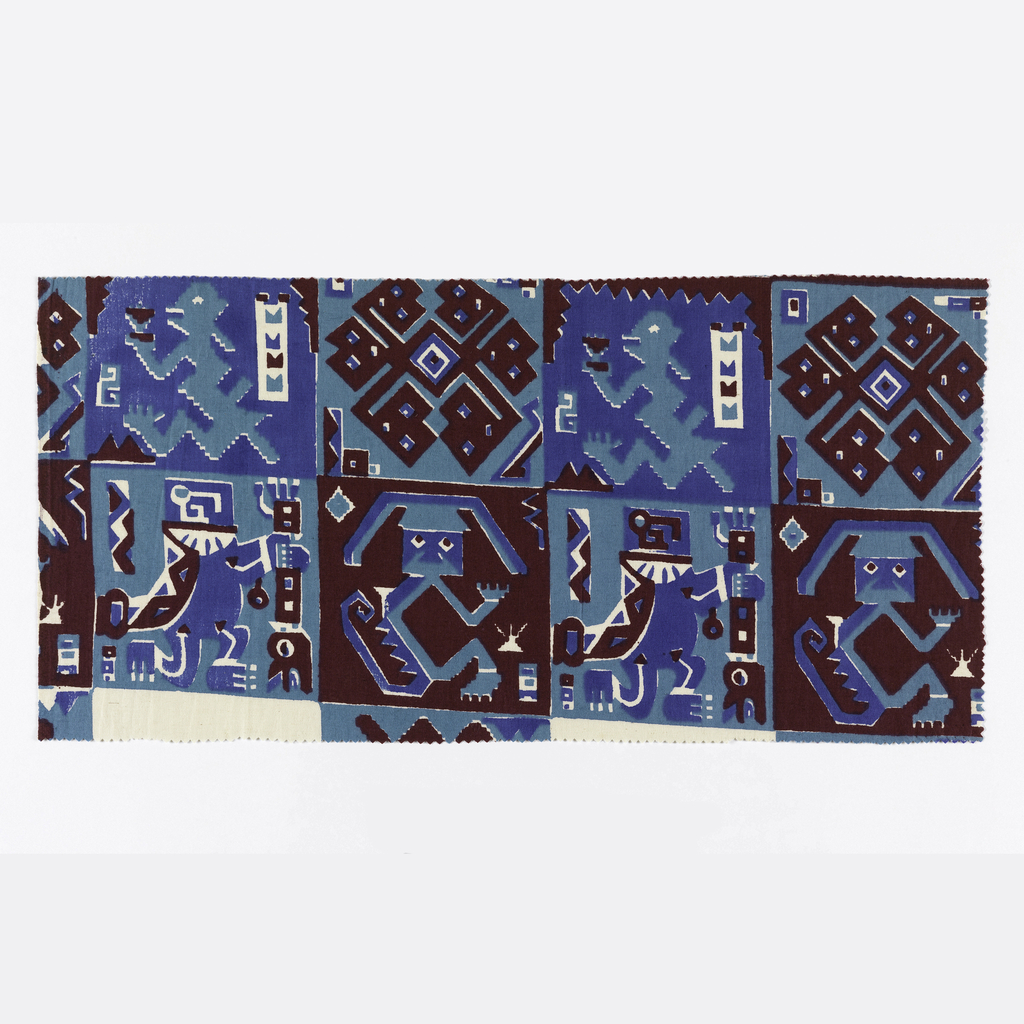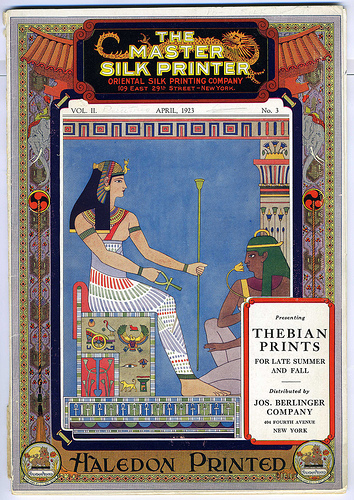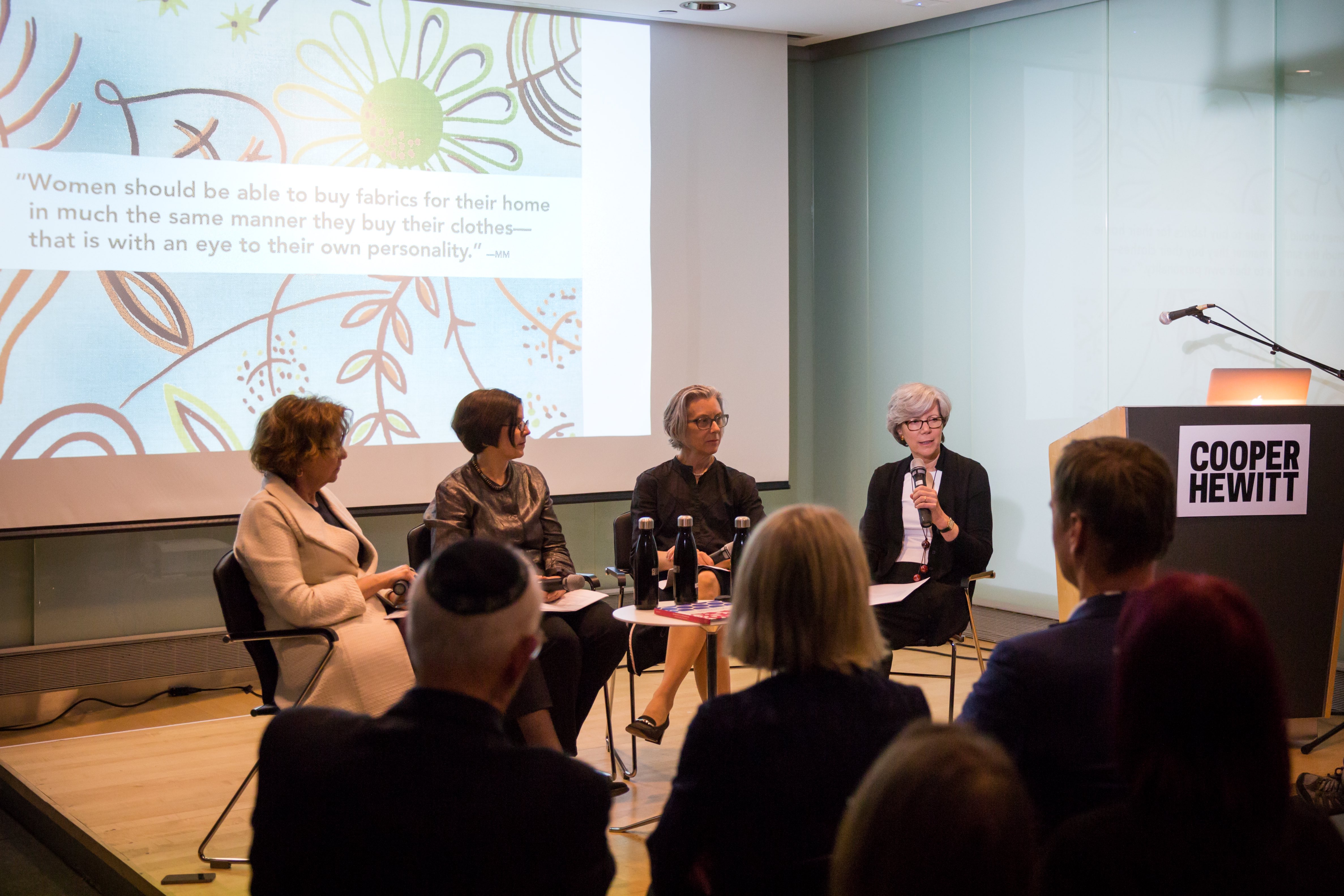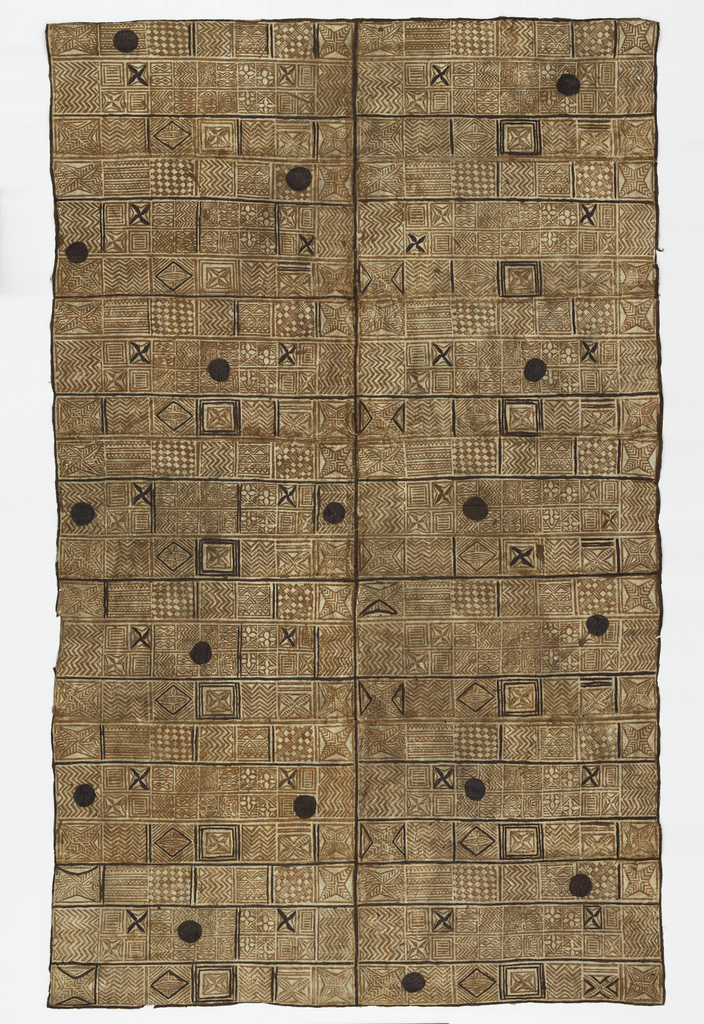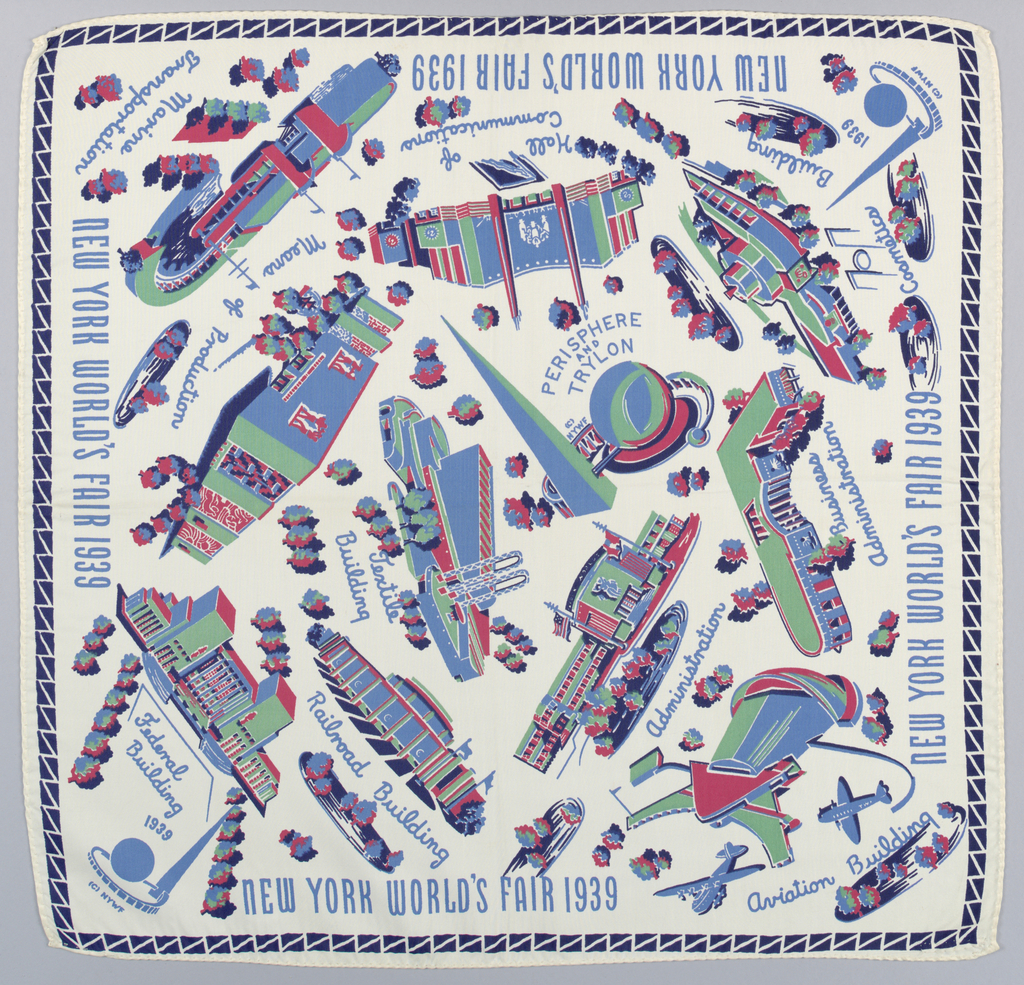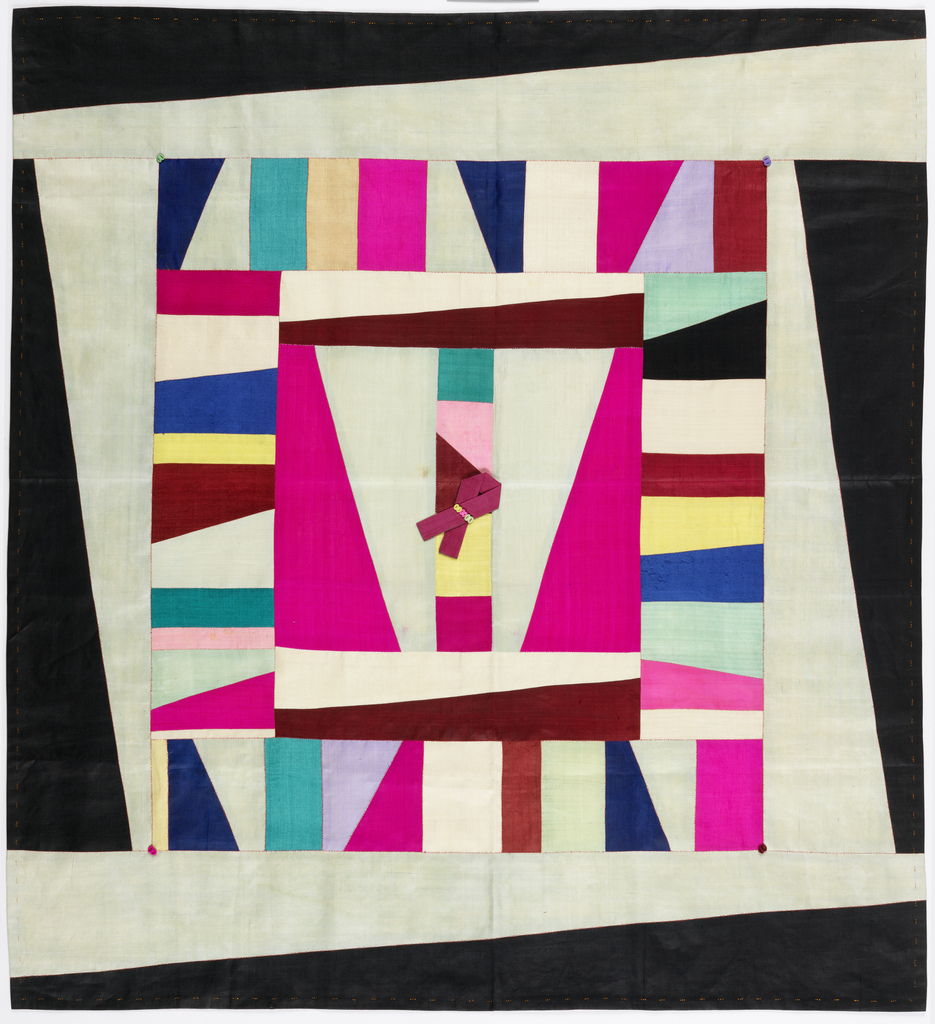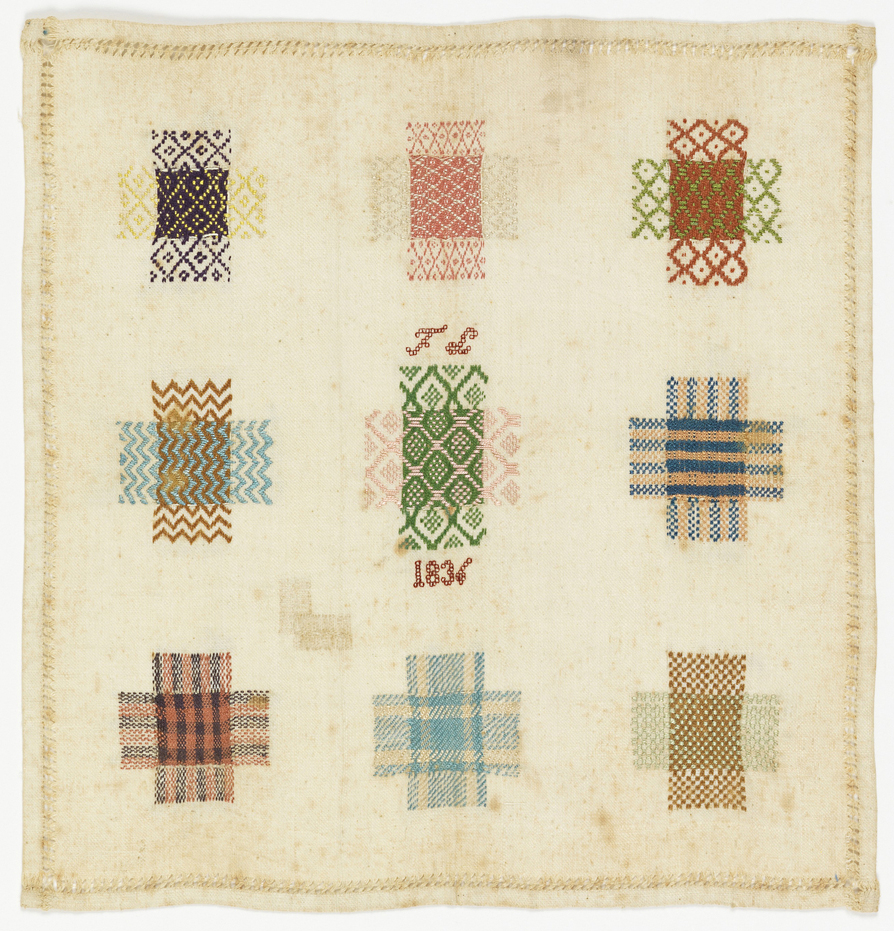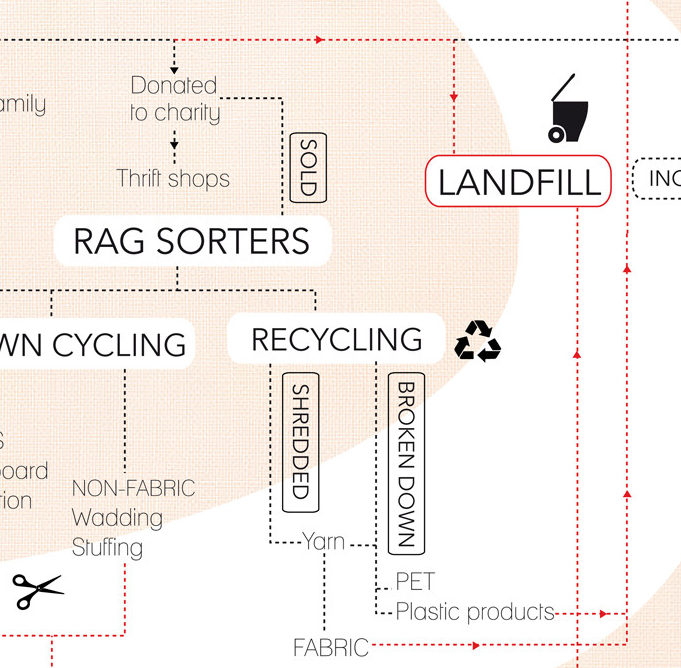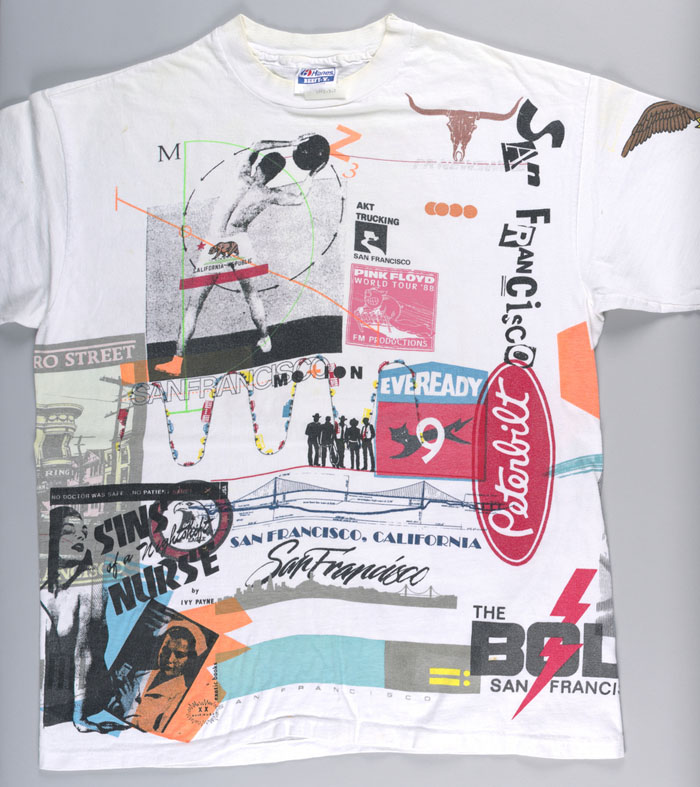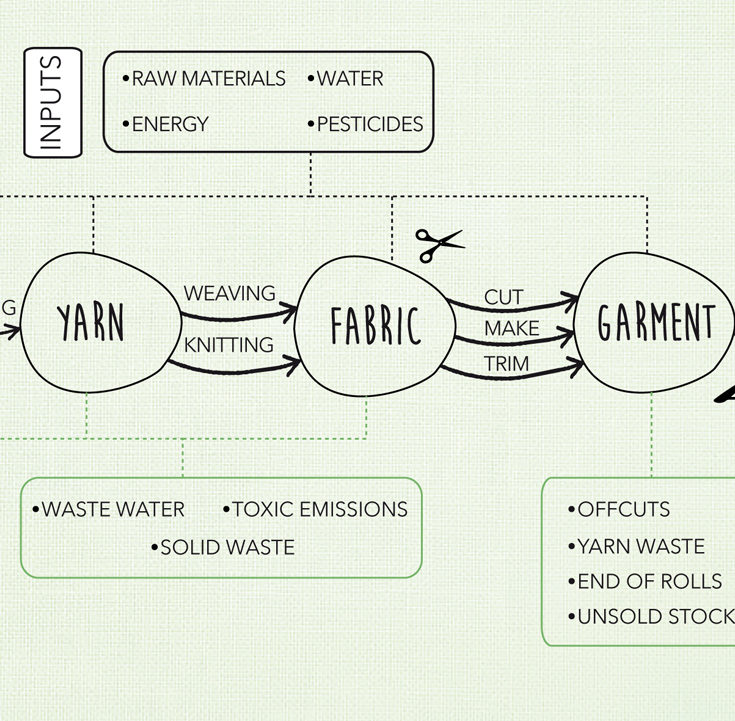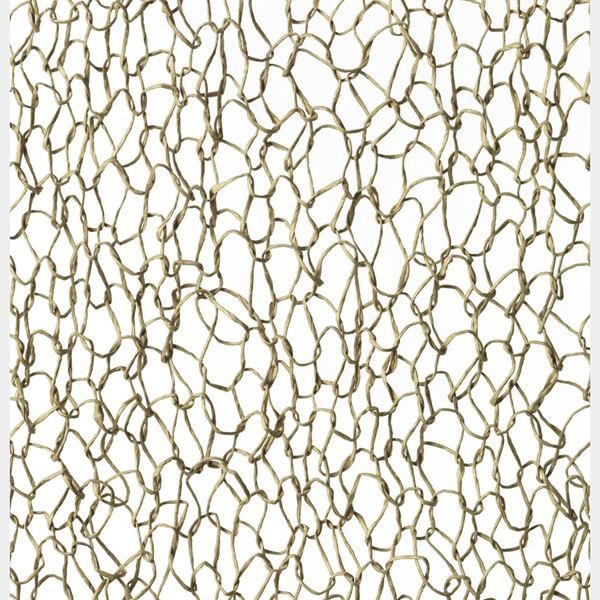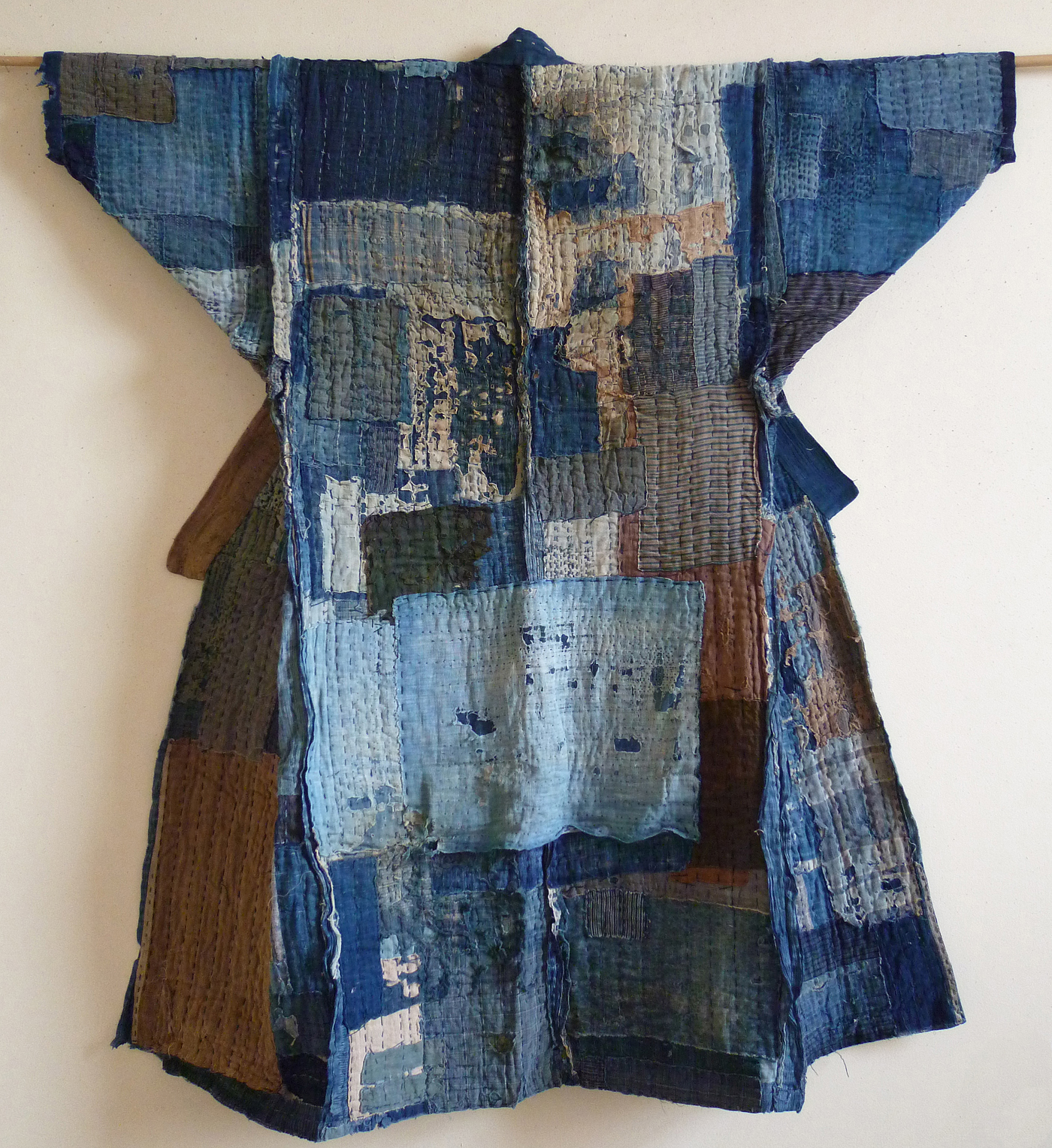On November 21, 1939, Women’s Wear Daily reported on the upcoming launch of a new line of fabrics from the Bol-Inca Group. Under the art direction of Will Chappel, this group of eight fabrics took direct inspiration from a collection of original pre-Columbian fabrics purchased in Bolivia by fashion and accessories designer Alma Norton Duffill...
Elizabeth Broman discusses the 1920s trade catalogue The Master Silk Printer.
Exploring Marguerita Mergentime’s life and career, reintroducing her ideas on modern design, informal dining, and joyful living.
The ancient craft of creating bark cloth is shared by numerous cultures around the world. In Samoa, this textile tradition has been passed down for generations and is an integral component of gift exchange. The textile we see here is a prime example of a siapo tasina, a type of bark cloth (siapo) that has...
This silk scarf or square, a souvenir of the 1939 World’s Fair in Flushing Meadows, Queens, New York, illustrates an assortment of the buildings erected for the fair: the iconic Trylon and Perisphere, designed by Wallace K. Harrison and J. André Fouilhoux[i]; the Marine Transportation Building, Hall of Communication, Means of Production, Textile Building, Administration...
Environmental and ethical reasons to extend the life of old clothing.
What happens to all of our clothes after we no longer want them?
The term "carbon footprint" refers to the impact of human activity on the environment based on levels of greenhouse gas (GHG) emissions.
The fashion and textile industry is an intricate business. Do you know how it works?
Last month in Cooper Hewitt Short Stories, we galloped through Sarah’s equestrian passion. In November’s short story, written by Matilda McQuaid, Deputy Curatorial Director and Head of Textiles at Cooper Hewitt, the sisters receive an important gift to their museum’s collection from family friend, J.P. Morgan. Margery Masinter, Trustee, Cooper Hewitt, Smithsonian Design Museum Sue...
While natural and synthetic fibers are nearly 100% recyclable as long as they are not blended, not all textiles are 100% biodegradable.
Textile expert Stephen Szczepanek, owner of the textile gallery Sri, shares his knowledge about the remarkable recycling practices that were deeply embedded in Japanese folk culture.
